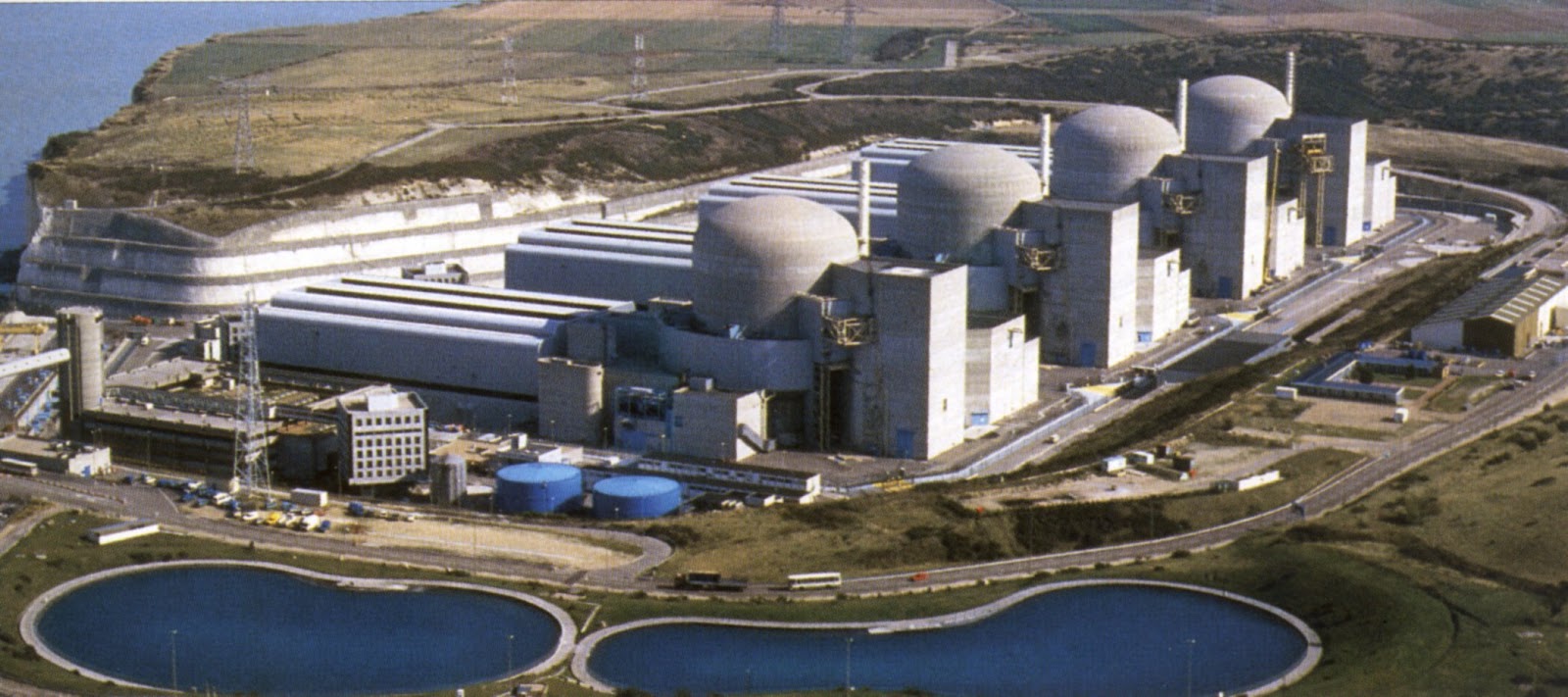The history of nuclear physics Part 2
Success various. Models core made them important, theoretic. justification. So, it was unclear the origin of shells in the system with strong short range interaction, and how to combine such contradictory physical picture of the droplet and the shell model of the nucleus. Collective model of Bohr Mottelson relied on drip model, however, enter the parameters the stiffness of the nucleus and the so called mass, derived from experience, was very different from the predictions of the droplet model. Only in the late. 50’s early 60 of the development of quantum theory of many particles has led to the understanding of these issues and to the creation of the present day. theory of the nucleus. A large role was played by the theory of nuclear matter and the theory of finite Fermi systems. The theory was one of the first examples of practical.

Application of the diagram technique (see Feynman diagrams)to the real cores and allowed to calculate the volumetric member is in the energy of the nucleus and depth of the nuclear potential.. fields based on known potential interactions of free nucleons. TKFS is close to the theory of the Fermi liquid (see Quantum fluid ),based on the concept of quasiparticles and operating. The interaction between them (the latter is specified using several. parameters derived from experience). TKFS self-consistent and close to the Hartree Fock method. force allow by introducing several. constants are universal for all nuclei (except the lungs) to calculate a large number of nuclear phenomena with accuracy, appropriate precision experiments.
Collective model have interpreted these excitations as surface vibrations, while the called microscopic. the theory led to volume fluctuations, similar to the zero sound in fermi liquids. This contradiction was resolved in 1972 by V. A. Hotelem, which showed that the agreement between Ms. field core and the eff. the interaction of the quasiparticles leads to the fact that the decisions called microscopic. For collective excitations have the form of “quantum capillary waves” quantum analogs of classical. oscillations of liquid drops. Their wave function is concentrated in the core. on the surface of the nucleus, but has large volumetric components. This theory also allows to calculate the parameters phenomenological. the collective model.
The development of the diagram technique played an important role in the theory of direct nuclear reactions; it led to the creation of the so called dispersion diagram method (J. S. Shapiro). In the statistical the nuclear theory and the theory of resonance reactions played a major role in the approach developed by G. Techboom and named the unified theory of nuclear reactions.
Significantly different physical ideas and methods of the physics of light nuclei few nucleon systems (A< 4). In these cases, try to accurately solve the Schrodinger equation for A nucleons interacting via a known. Theory one of the simplest nucleus the deuteron were built in 30ies 60ies of the developed methods the exact solution of the problem of 3 bodies: method of hyperspheres. functions, which allowed to construct non relativistic theory of the Triton 3H and 3He nuclei. Insignificant (about 5%) of the calculated differences in binding energy of these nuclei from the experimental allowed us to estimate the value of 3 partial nuclear forces. Their contribution to the binding energy of the heavier (more dense) the nuclei must be greater and is estimated, may reach 10-15%. The use of similar methods to heavier nuclei is practically implemented only for particles (4He nucleus).
A new stage in the nuclear theory associated with development in 70 80th of quantum chromodynamics (QCD) as the theory of strong interactions. According to this theory, the nucleons and mesons are not true elementary particles but are composites of more fundamental particles: quarks (fermions) and gluons (bosons) interacting. Consistent theory of QCD the nucleon is not yet built. So early to talk about the nuclear theory based on QCD. However representation QCD and quark model of hadrons allowed to describe nuclear reactions under the influence of high energy particles, accompanied by a large transfer of energy and momentum. It was expected that the kernel should behave like a system of free nucleons and that it was difficult to find specific nuclear effects in QCD.

But such an effect was discovered in 1982 of Europe. muon collaboration (EMC effect). It is significant (up to 15 %) the difference of the cross section of deep inelastic scattering of muons with energies of order 100 GeV on (per nucleon) of the section on a free nucleon. There is still no unambiguous interpretation of this phenomenon, however, in all existing explanations of the crucial role played by the purely nuclear effects. The EMC effect was an important test for QCD models of the nucleon: it turned out that cannot describe this effect, not engaging in strong contradiction with other nuclear properties. Discovered several effects, and the field of relativistic nuclear physics, a unifying the physics of elementary particles.
A new area of J. f. arose in connection with the creation of heavy ion accelerator physics. When studying collisions of nuclei and Ms. low energies was discovered fusion and quasi fission cores. The latter is associated with the phase transition liquid gas occurring when heated nuclear matter. The interaction nuclei energies seeking manifestation, hypothetic. phase transitions in nuclear matter: condensate phase transition, the transition ad is an matter in the quark gluon plasma etc.